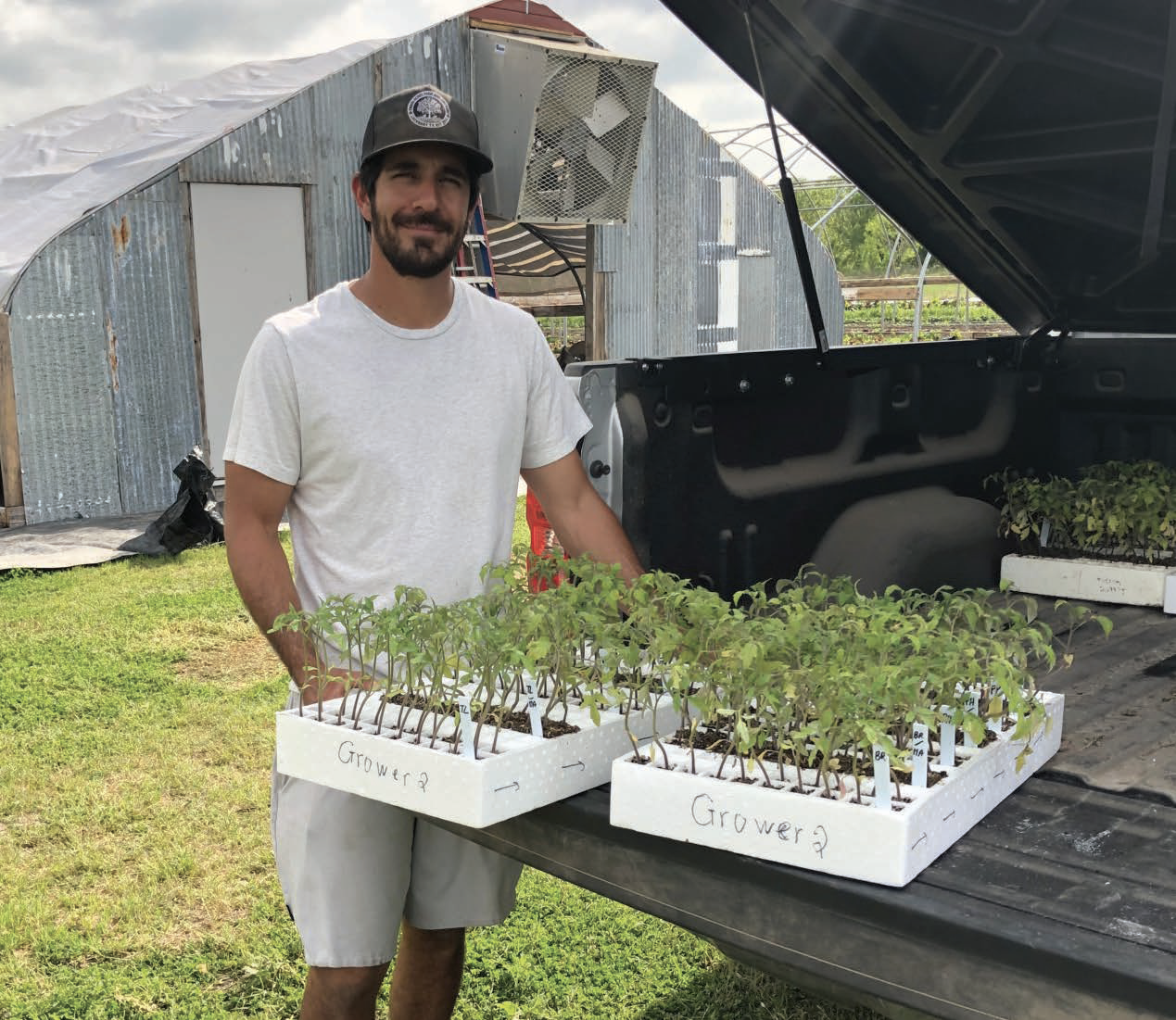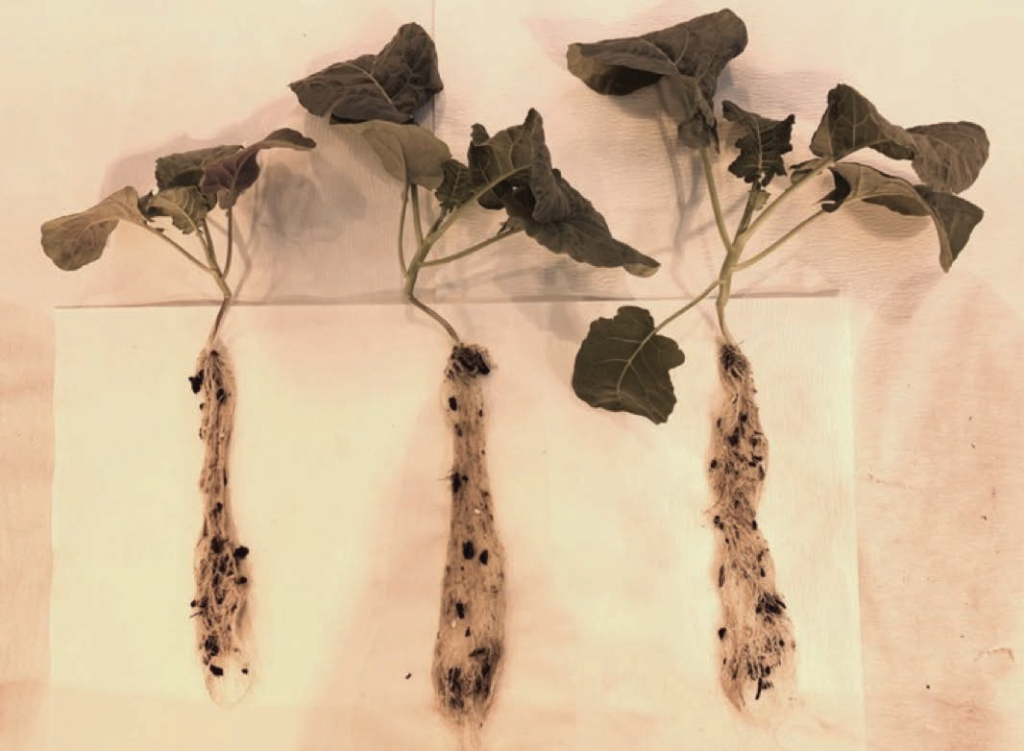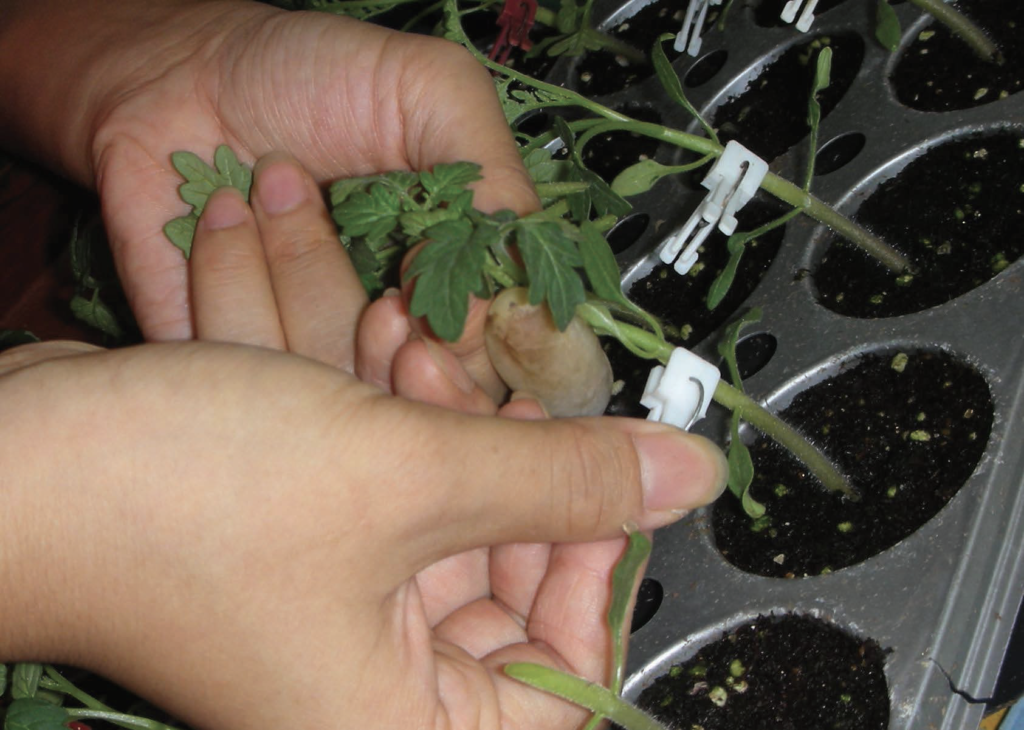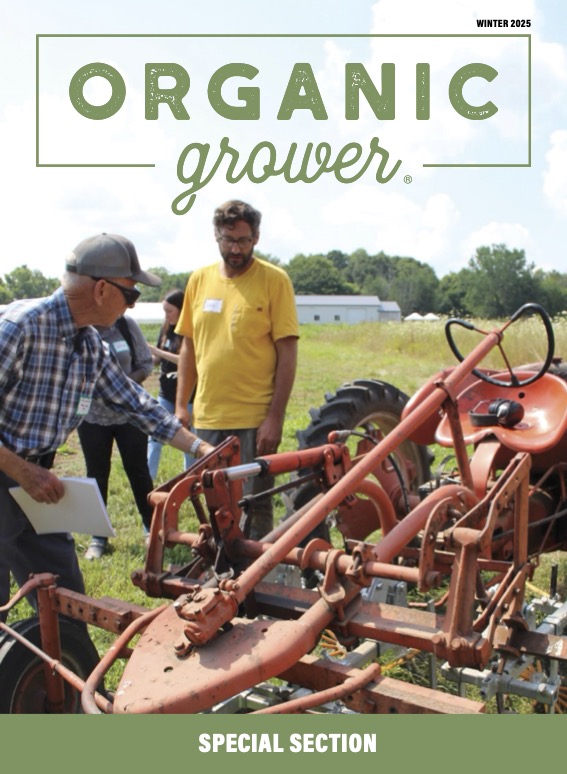
Feb 25, 2021
Research touches on building better organic seed coatings, grafting
A group of U.S. researchers is exploring the science of seeds, and the research is already yielding insights into potential seed coatings for organic seed.
An ongoing multi-state project research project, “Environmental and Genetic Determinants of Seed Quality and Performance,” in late 2020 was reapproved by the USDA’s National Institute of Food and Agriculture for an additional 5 years. The project is led by 11 U.S. universities in Arizona, Florida, Iowa, Kentucky, Michigan, Montana, New York, Oregon, South Dakota, Texas and Virginia. Many of the researchers involved are well-known to each other as members of “W-4168” – a group of highly-dedicated seed research biologists at universities and federal facilities who meet yearly to network and collaborate.
The goal is a better scientific understanding of how seeds are produced and germinate for better in-field performance, as well as to better understand the biology of seeds.
“In simple terms, high seed quality for the nursery equates to a high level of success for the growers, so they can have uniform and high yields,” said Daniel Leskovar, a Texas A&M AgriLife Research vegetable physiologist. “This not only goes for large commercial vegetable growers also now for small nurseries as well as those that are engaging both in conventional as well as organic systems.”
For instance, growers who receive transplants with better-developed root systems may save on their inputs into the crop.
“Improving the root system of a young plant is crucially important, so young plants are able to more efficiently capture water and nutrients and tolerate the stress outside and produce a uniform crop,” Leskovar said.
Taylor-ed Seed Coatings
The team of researchers includes Alan Taylor from Cornell University and Bob Geneve from the University of Kentucky, who Leskovar described as “pioneers in this multi-state regional project for more than 25 years.”
Taylor, a seed science and technology specialist, said Cornell’s AgriTech seed treatment and coating lab where he works is the only land grant university in the country he works is the only land grant university in the country equipped to apply seed treatment and coatings. His work has focused on seed coatings as a delivery system for biological stimulants, pest management seed treatments and even materials to help with germination.
A paper he published last year examined the use of soy flour and vermicompost, showing that even these natural materials were effective biostimulants for the seeds when used as a coating.

“Especially the high-value vegetable crops can really benefit from the enhancement because the seeds are already coated by seed companies,” Taylor said. “So let’s go ahead and not just put something that’s an inert material in the coating. Put in something that, I’ll say, ‘revs’ up the seeds, as far as the physiology of the seeds, to get them to grow faster.”
But it’s not quite that simple. While vermicompost can be easily obtained from organically approved sources, most soy flour has its lipids or fats removed with hexane solvent – a process that Taylor said would disqualify the material from organic certification, even if non-GMO soybeans were used. An organic sample of soy flour that had the fats removed with a mechanical press as opposed to a solvent could possibly work, but Taylor’s initial results weren’t successful.
“We tested one organic sample of soy flour but found that there is enough residual fat that it did not make a good seed coating,” he said. “I must say that we only gave this one shot so it is possible that there are organic soy flours from other sources that would work better for seed coating.”
Another research area is using organically-approved materials as seed treatments for early season pest management.
“My lab worked with Brian Nault, an entomologist at Cornell AgriTech, several years ago on developing spinosad as a seed treatment for control of onion maggot,” Taylor said. “As a result of that research, Spinosad is sold as Regard and labeled as an onion seed treatment. Regard is now being tested in an IR-4 program for control of seed maggot on snap beans and sweet corn.”
A broad research effort
A variety of techniques are examined for use on high-value seeds and seedlings such as tomatoes, peppers, lettuce, watermelon, onions and artichokes.
“My component of the research is dealing with applied research trying to improve the seedling and transplant quality,” Leskovar said.

Much of Lescovar’s work is focused on the development of grafting tomato transplants. Although others in the industry have explored robotic systems for grafting large numbers of tomato scions onto rootstocks, Leskovar’s work is focused on the act of grafting itself and doing it well – looking at techniques that maximize or improve the graft union. Techniques such as using plastic clips at the graft union are tested against others.
“We are looking at the performance of a limited number of rootstocks, more varieties that we grow on top of rootstocks, and how they respond to open fields versus, say high tunnels, how they perform in organic versus conventional systems,” he said.
Another research area for the group is the “preconditioning” of transplants in the nursery, preparing them for field conditions.
This is the commercial equivalent of how gardeners “harden off” transplants before spring planting, but “it’s also possible to precondition transplants earlier in their development,” Leskovar said.
“You can have a transplant preconditioning prior to being shipped to the grower, as well as during the seeding development – you can precondition plants to have a better performance later on in the field,” he said.
“It’s not a single technique, it’s a package of techniques that can be put into the seed to improve their performance,” Leskovar said.









